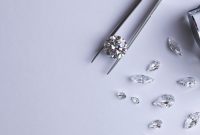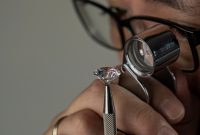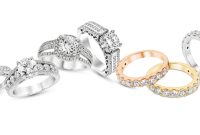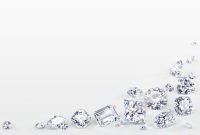Fancy Colour
Grading Fancy Colour Diamonds
Diamonds of all colours can be found in nature. Over 300 colours have so far been identified, however these come in an infinite number of shades and hues.
From pink to black, spanning all the colours of the rainbow including blue, red, yellow, green, gray and brown, natural colour diamonds are all excluded from the D to Z classification, which only applies to colourless (“white”) diamonds.
Given their diversity but above all their rarity, a specialised nomenclature has been created in an attempt to properly classify, and evaluate the quality of natural colour diamonds. Indeed, the criteria by which their quality is judged are very different from those used to evaluate colourless diamonds (the 4 Cs), and therefore their certificates also.
Yellow or brown colour diamonds having colour more intense than “Z”, as well as diamonds exhibiting colour other than yellow or brown are considered fancy coloured diamonds. These diamonds are graded using separate systems which indicate the characteristics of the colour, and not just its presence. These colour grading systems are similar to those used for other coloured gemstones, such as ruby, sapphire, or emerald, than they are to the system used for white diamonds.
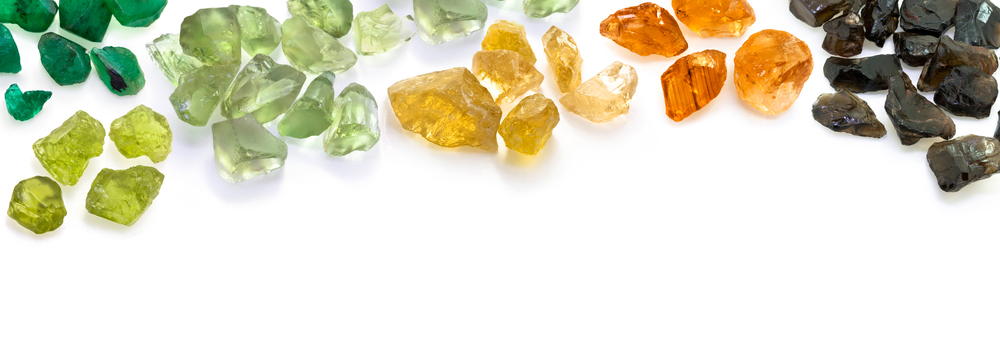
Coloured Diamond Grading System
The coloured diamond grading system is used by internationally recognized laboratories (agi for example) for colours that are not in the normal colour range of diamonds. These laboratories uses a list of 27 colour hues that span the full spectrum of colours. The tone and saturation of these hues are then described with one of six descriptors:
- Faint
- Light
- Dark
- Intense
- Deep
- Vivid
The Gran colorimeter was first developed by Paul Gran in 1972 at Gran Computer Industries Ltd.
Value of Colored Diamonds
The Darya-I-Nur Diamond is one of the world’s largest diamonds and definitely one of the unusual because of its pale pink colour. It weighs about 182 carats (36.4 g) and its colour is a pale pink which is one of the rarest to be found in diamonds. Its exact weight isn’t known because its been mounted in its brooch setting for over 130 years. Its Persian name ‘Darya-I-Nur’ translates into English as the ‘Sea of Light’.
Diamonds that enter agi’s scale are valued according to their clarity and colour. For example, a “D” or “E” rated diamond (both grades are considered colourless) is much more valuable than an “R” or “Y” rated diamond (light yellow or brown). This is due to two effects: high-colour diamonds are rarer, limiting supply; and the bright white appearance of high-colour diamonds is more desired by consumers, increasing demand.
Poor colour is usually not enough to eliminate the use of diamond as a gemstone: If other gemmological characteristics of a stone are good, a low-colour diamond can remain more valuable as a gem diamond than an industrial-use diamond, and can see use in diamond jewellery.
Diamonds that go out of scale in the rating are known as “fancy colour” diamonds. Any light shade of diamond other than light yellow or light brown automatically falls out of the scale. For instance, a pale blue diamond won’t get a “G” or “K” colour grade, it will get a Faint Blue or Light Blue grade. These diamonds are valued using different criteria than those used for regular diamonds.
When the colour is rare, the more intensely colored a diamond is, the more valuable it becomes. Fancy-coloured diamonds such as the deep blue Hope Diamond are among the most valuable and sought-after diamonds in the world. The Aurora Diamond Collection of natural colour diamonds is one of the most comprehensive diamond collections in the world.

